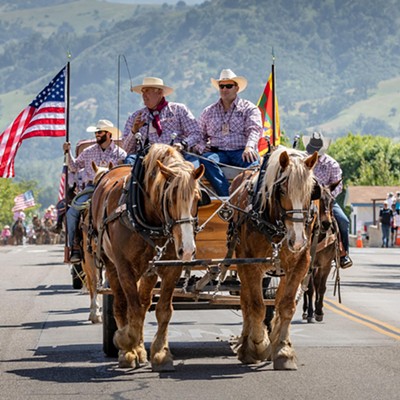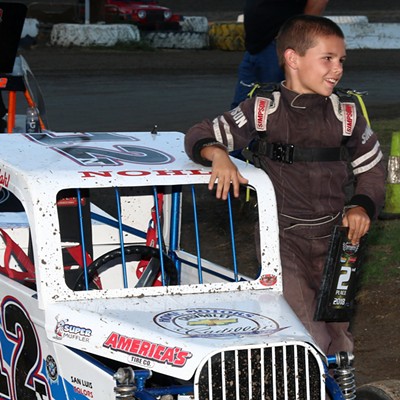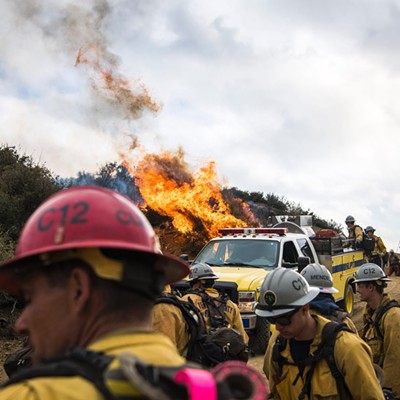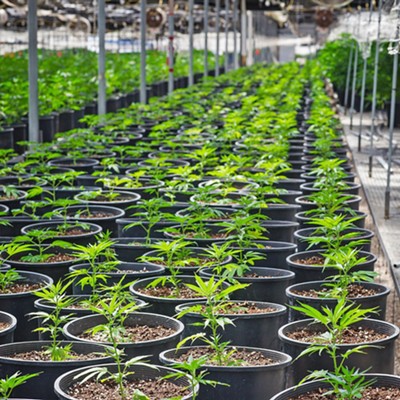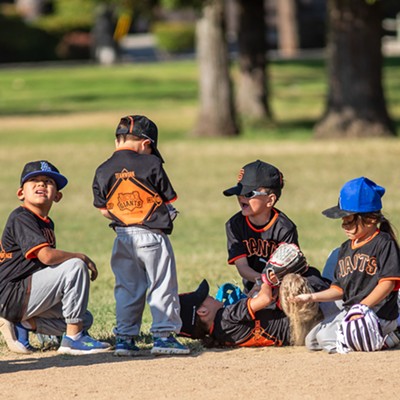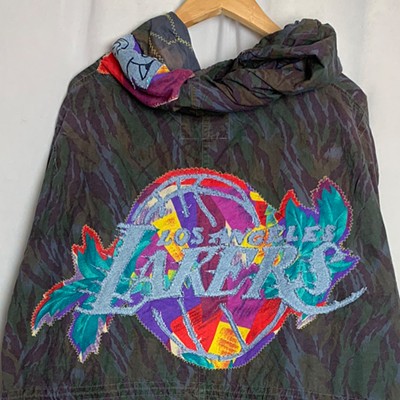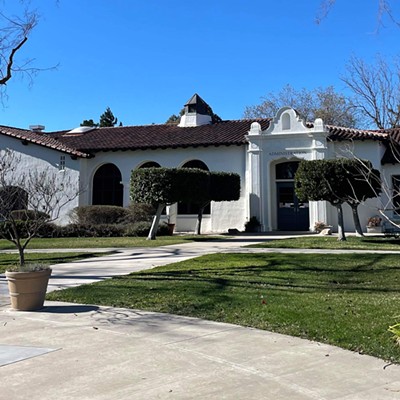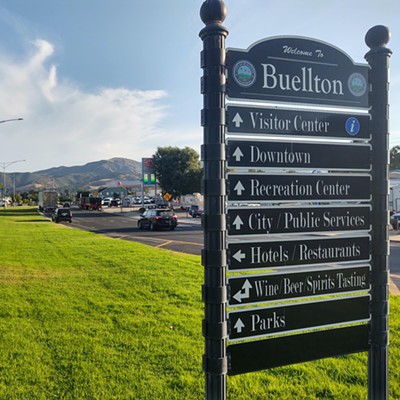Kids learn about the water cycle, soil, and plants in their science classes at school, but there’s something about seeing it in real time that enhances the experience and understanding, Seth Wilmoth said.
Wilmoth is the education program director for Students for Eco-Education and Agriculture (SEEAG)—a Ventura County-born education nonprofit that teaches kids the importance of the agricultural sector through four hands-on, immersive programs, he explained
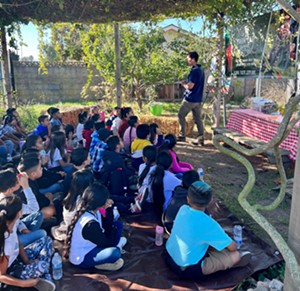
“Farm Lab is one of these programs. It’s a third grade program where kids get to experience the sciences behind farming, taste, explore, and immerse themselves into what ag farming is,” Wilmoth said.
Through a partnership with Allan Hancock College, the nonprofit was able to expand its reach into Santa Barbara County and provide its first Farm Lab field trip to 52 Battles Elementary School students, he said.
The field trips are usually broken up into two parts: First, the SEEAG team will come to the school one to two weeks before the outing to give students an introduction to the trip and their potential discussion. When they arrive at the farm, kids get divided into three groups to rotate between stations where they learn about soil, water, and plants and insects.
“For soil—which is a good place to start—we first break down why we’re learning about soil and why we care, and then get the students to intuitively ask why it matters,” Wilmoth said.
SEEAG educators talk about what makes up healthy soil and then have students go on a scavenger hunt where they pour water onto the land to feel it and understand its components, he said.
“It’s a cool activity where students get their hands on soil, texture it with water, and be able to identify it,” Wilmoth said. “It seems like they are working and playing with dirt, but they are actually acting like a soil scientist in the field. It’s one of the best ways to recognize if you have a more sandy or clay soil.”
Students then rotate to the water station to learn about the water cycle, groundwater, and its importance to California farmers.
“We are teaching how water pertains to a farm as far as sourcing. We are not just getting water from lakes and trees, but groundwater—which is 75 percent of the water we use in Ventura and Santa Barbara County,” he said.
In order to demonstrate how groundwater works, students get to build their own mini farm that they get to decorate and personalize, which is built above a mini clear box of water. Every student is given a lotion pump that acts as a well and aquifer, Wilmoth said. Each time a student presses the pump, they are able to see the water pulled out of the box and into their farm.
“This is a good way to see it on a small scale, and they get to have fun building a farm box that’s their own—but what’s cool is it would reflect on what an actual farm would be doing consistently as far as water usage,” Wilmoth added.
During the early October field trip to Hancock’s student vineyard, students got to see an example of drip irrigation and were able to understand the scale of distributing water, he said.
The final station discusses the six parts of a plant—roots, stems, leaves, flower, fruits, and seeds—and the differences between a fruit and a vegetable. They follow up this discussion with a trip through the garden where kids are asked to find certain types of vegetables or fruits. Kids then get to learn about the insects that either harm or benefit plants on the farm, he said.
“We touch on spraying and pesticides and how they are parts of agriculture, but our message is there are a lot of other ways we can do this by using nature doing its natural thing to target these things,” Wilmoth said. “It’s a form of sharing organic pest control and highlighting the cool relationships we see on a smaller scale with insects, organisms, and worms.”
Although this year’s programing is at capacity, Wilmoth said he hopes SEEAG will grow and be able to offer more to the Santa Barbara County communities.
“I know I didn’t have a field trip like this,” he said. “There’s nothing like going and experiencing an outdoor, educational experience and get such a positive relationship between the sciences and the people behind it so we can support this industry.”
Highlight
• The Patch at Los Flores Ranch Park—6245 Dominion Road—returns for a fifth season with hundreds of pumpkins and various seasonal activities for the whole family to enjoy. The Patch is open every Friday through Sunday from 10 a.m. to 6:30 p.m. through October. Each weekend will feature specialized programming, including carnival day, margarita social, free crafts, live music, costume day, and a not-so-spooky night hike. The program is run in partnership with Betteravia Farms, the Santa Maria Recreation and Parks Department, and People for Leisure and Youth Inc. For more information visit thepatchsantamaria.com/eventdetails.
Staff Writer Taylor O’Connor wrote this week’s Spotlight. You can reach her at [email protected].


